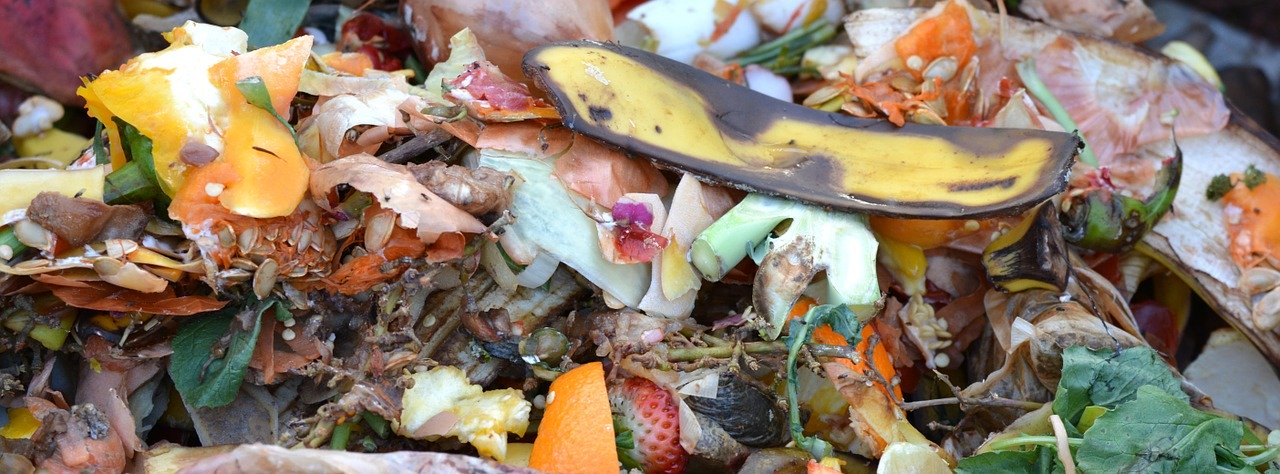
.................................................................................................................................................
By: Haseeb Jamal
Composting of Solid Waste:
· Composting of Solid
Waste is defined as "biological decomposition of biodegradable organic
constituents of waste under controlled conditions to a state sufficiently
stable for nuisance free storage & handling and for safe use in land
applications".
· About 70% of
municipal solid waste is decomposable or compostable.
· Main organisms
involved in composting are:
o actino-mycetes (filamentous bacteria), fungi and protozoa.
Objectives of Composting of solid
waste
· To destroy
pathogens, insect eggs and other unwanted organisms and weed seeds that may be
present in municipal solid waste.
· To retain maximum
nutrient content; and
· To produce a
product that can be used to support plant growth and as a soil amendment as
fertilizer and soil conditioner.
Composting time depends on:
1.
The nature of
waste.
2.
Moisture content of
solid waste.
3.
Available nutrients
in the solid wastes.
4.
Other environmental
factors.
5.
Under controlled
conditions, can be made more effective and efficient.
6.
Organic matter + O2
+ nutrients + microbes ------- New cells + resistant OM + CO2 +
H2O + NH3 + SO4 + heat.
7.
Reduces
weight/volume of the organic fraction of MSW.
8.
Produces compost (
a humus like material that can be used as a soil conditioner).
9.
To produce methane
- Bio Gas.
Steps in Composting of solid waste:
PRE-PROCESSING
Receiving
· Sorting/separation:
removal of recyclable material, metals, debris, glass etc. - affects the
quality
Size Reduction/Screening:
· to provide greater
surface area for microbes to attack, to improve insulation, to facilitate
homogenizing of initially heterogeneous material, to reduce depth for oxygen
diffusion.
· If size is too
small, it impedes the diffusion of oxygen and CO2 from the sites
being attacked especially during thermophylic stage when Oxygen demand is the
highest.
· Typical range for
feed material = ½ - 2 inches.
· Adjustment for
waste properties (e.g C/N ratio)
· Decomposition and
curing/maturation
Types are: Static piles and in-Vessel composting
· Preparation and
marketing of the final compost product: Grinding, screening, air
classification, blending with various additives, granulation, bagging, storage
and transportation
Windrow Composting
· Triangular piles 7
feet high and 14-16 feet wide at the base
· Turning by front
end loader or mechanical turner twice per week
· Composting period
2-6 weeks
Haseeb Jamal. I am a Civil
Engineer, graduated from University
of Engineering and Technology, Peshawar, Pakistan in
2010. I also have a PG-Diploma in Disaster Management and MS in Urban
Infrastructure Engineering (In Progress). My expertise include
civil related softwares like AutoCAD, SAP2000,
MS Project, Primavera, MS Office and GIS. My technical skills include project
management, monitoring and evaluation, structural assessment, disaster risk
management, Quantity survey, land survey, material testing, site management and
technical writing. I am trained in writing project progress reports as well as
proposals and concept papers. I have also received advanced training on
surveying, proposal writing, Monitoring and Evaluation of projects as well as
organizations.I have worked as Project
Engineer at National Research and Development Foundation,
Peshawar and CENCON Associates. I also worked with Spectra Engineering
Solutions as Senior Civil Engineer in
monitoring of World Bank and UNDP funded projects all over Khyber Pakhtunkhwa
and FATA. Currently, I am working as Deputy
Manager Development at NayaTel, Peshawar.

No comments:
Post a Comment